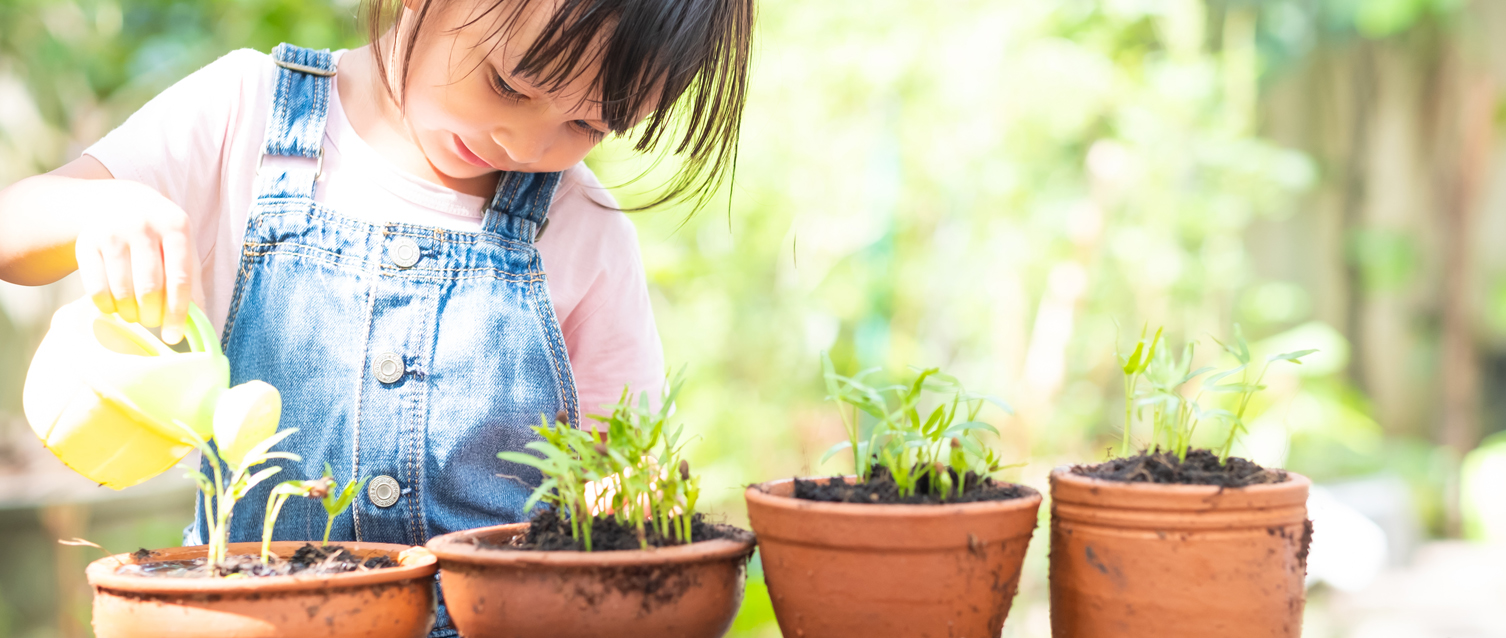How to Bring Back Your Life’s Rhythms: Establishing Routines

image © shutterstock_1089847160
There’s no denying it—we are living in a new normal with families now living, working, and learning all together under one roof. The familiar household rhythms and routines of waking up, getting dressed, eating breakfast, and then leaving the house and going about our lives has been temporarily disrupted . . . making all of us, especially preschool children, feel a little unbalanced. They feel off-kilter because their lives have been interrupted and routines broken.
Young children need routines to help them feel safe and secure in these times of uncertainty.
Because routines are predictable and repeated events, they help children know what to expect. Routines provide children a sense of security and a feeling of being safe so it is important for us to create home environments of consistency with familiar rhythms. One idea for bringing back home-life rhythms is holding morning family meetings.
In the workplace, morning meetings are commonplace. We gather around the meeting table with notepads, pens, phones and a cup of coffee to discuss company plans, ideas, challenges and work strategies for the day, week, or even month. In a preschool classroom, early morning meetings are also part of an everyday routine. Designed for short periods of time, morning classroom meetings—typically held on a large gathering rug—effectively set the tone for a preschoolers’ day as well as establish a sense of community among the children.
For many of us, these normal routines are now gone as the family safely hibernates in the four walls of their home.
So, what can we do to bring back normalcy?
We can begin to create routines in our children’s lives that mimic the morning classroom meeting by beginning each day with a family meeting. Gather together and share each other’s plans for the day. Calm children’s worries and celebrate in their accomplishments. Find something children can anticipate such as movie and pizza night.


The most important element of morning meetings is understanding the importance of being little and listening to your child’s viewpoint.
This means creating a place in the home that belongs uniquely to them. Create places in the home with furniture that is just their size. Design spaces that remind them of their learning center or preschool. Include a rug, for example, that reminds them of their morning meeting at school. Get down to their level—both physically and emotionally—by adding a dramatic play center with a sink, stove, and refrigerator. Include some blocks and shelf for storing. Add authentic materials gathered easily from nature such as pinecones, river rocks, and driftwood. And, then conduct the family morning meeting in your child’s unique and personal space, which sends a message to them of their importance and acceptance as well as creates new home-life rhythms for the entire family.